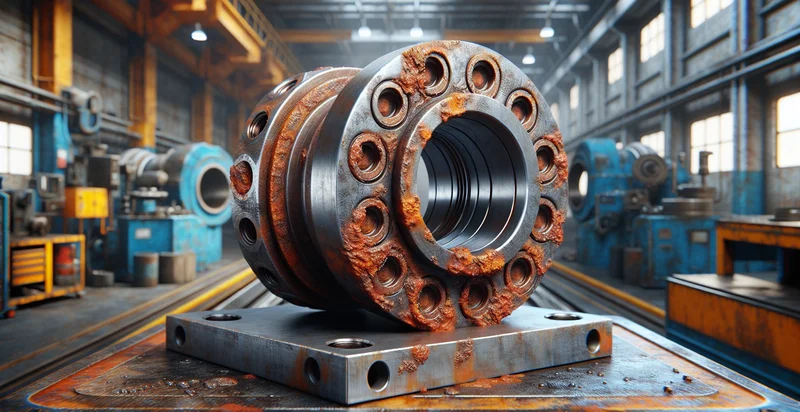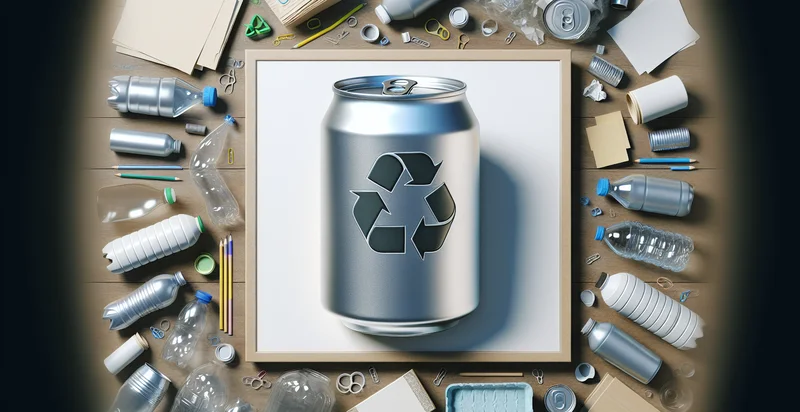Identify steel vs aluminum
using AI
Below is a free classifier to identify steel vs aluminum. Just upload your image, and our AI will predict if the material is steel or aluminum - in just seconds.

Contact us for API access
Or, use Nyckel to build highly-accurate custom classifiers in just minutes. No PhD required.
Get started
import nyckel
credentials = nyckel.Credentials("YOUR_CLIENT_ID", "YOUR_CLIENT_SECRET")
nyckel.invoke("steel-vs-aluminum", "your_image_url", credentials)
fetch('https://www.nyckel.com/v1/functions/steel-vs-aluminum/invoke', {
method: 'POST',
headers: {
'Authorization': 'Bearer ' + 'YOUR_BEARER_TOKEN',
'Content-Type': 'application/json',
},
body: JSON.stringify(
{"data": "your_image_url"}
)
})
.then(response => response.json())
.then(data => console.log(data));
curl -X POST \
-H "Content-Type: application/json" \
-H "Authorization: Bearer YOUR_BEARER_TOKEN" \
-d '{"data": "your_image_url"}' \
https://www.nyckel.com/v1/functions/steel-vs-aluminum/invoke
How this classifier works
To start, upload your image. Our AI tool will then predict if the material is steel or aluminum.
This pretrained image model uses a Nyckel-created dataset and has 2 labels, including Aluminum and Steel.
We'll also show a confidence score (the higher the number, the more confident the AI model is around if the material is steel or aluminum).
Whether you're just curious or building steel vs aluminum detection into your application, we hope our classifier proves helpful.
Related Classifiers
Need to identify steel vs aluminum at scale?
Get API or Zapier access to this classifier for free. It's perfect for:
- Material Sorting in Recycling: The steel vs. aluminum identifier can be employed in recycling plants to enhance material sorting processes. By accurately distinguishing between steel and aluminum, facilities can increase the efficiency of recycling operations and maximize the recovery of valuable materials.
- Automotive Manufacturing Quality Control: In automotive production lines, this classification function can be integrated into quality control systems to ensure that the correct materials are being used. This reduces the risk of manufacturing defects and enhances product safety by preventing material mix-ups.
- Inventory Management for Metal Suppliers: Metal suppliers can utilize the identifier to streamline their inventory management. By quickly assessing and cataloging incoming metal shipments, businesses can maintain accurate stock levels and improve order fulfillment times.
- Construction Material Verification: Construction companies can implement this identification technology to verify the material specifications on-site. Ensuring that only the correct materials are used during construction can lead to compliance with safety standards and project specifications.
- Automated End-of-Life Vehicle Processing: In the automotive recycling industry, this function can automate the sorting of materials from end-of-life vehicles. By accurately identifying steel and aluminum components, recyclers can process vehicles more efficiently and reduce labor costs.
- Consumer Electronics Recycling: Electronic waste recyclers can pair the identifier with dismantling robots to separate aluminum and steel parts from devices. This automation drives increased throughput and accuracy in recovering valuable materials from discarded electronics.
- Manufacturing Decision Support Systems: Manufacturers can integrate the classification function into their decision support systems to analyze material usage trends. By understanding the distribution of steel vs. aluminum in their products, companies can make data-driven decisions to optimize production processes and material sourcing.


